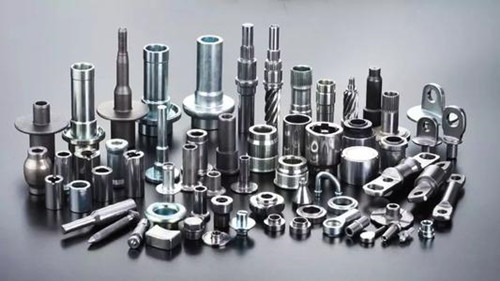The cold forging process is growing very popular in the market because of so many advantages, including the vast range of products. Companies like Cold Forging China provide the market with a range of cold-forged products, which are also cheaper than other forging methods. So, affordability is another reason why cold forging is growing popular.
How Does Cold Forging Process Work?
The cold forging process is a simplification of the hot and warm forging. It is simply a hot forging process with the step of heating removed and sometimes with no finish work. As the name suggests, the cold forging process does not require the heating of the billet, and this is what makes it unique from other forging processes. The workpiece is worked on at room temperature.
Advantages of Cold Forging
There are many benefits that come with this form of forging. The process is cost-effective because it does not require a lot of steps as it with hot forging. You don’t heat the material, and thus, the overall cost of production is low.
The speed of production compared to the hot forging is also quite high. This is because you have fewer steps to produce the products. Therefore, you can make more in an hour. The other advantage of the cold forging process is the wide range of metals that you can work on.
Steps For Cold Forging Process
With the cold forging, the process from the raw material to the finished product is pretty easy. You have about four steps and the finishing work, which may not be necessary. Here are the main steps for the cold forging process:
Metal Preparation
Choose the metal you need for the specific product you want to forge. Get the right size and lubricate it thoroughly.
Place Billet On the Die
The second step is placing the workpiece on the die. The dies are the moulds that produce the shape and the size of the product. Place it properly in readiness for the punching stage.
Punching
With the billet in place, it is time to strike it. The punching is done using a punching tool, or the hammer, which also carries the second part of the die.
Removing Forged Part
The part is now forged, and you need to remove it from the die. At the same time, you need to remove the flash left out after punching.
Finishing
Fishing work may be necessary if you still have some corners or parts that have not attained the shape. Sometimes, it may not be necessary.
